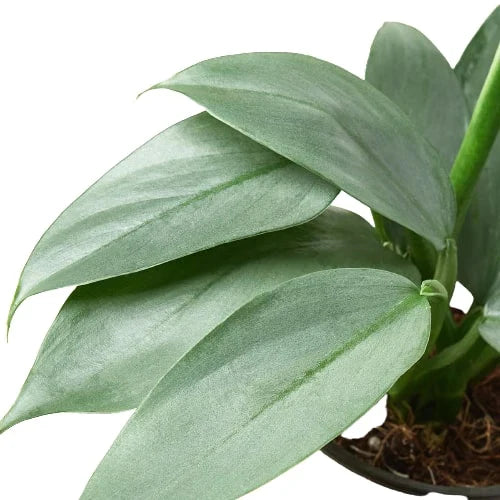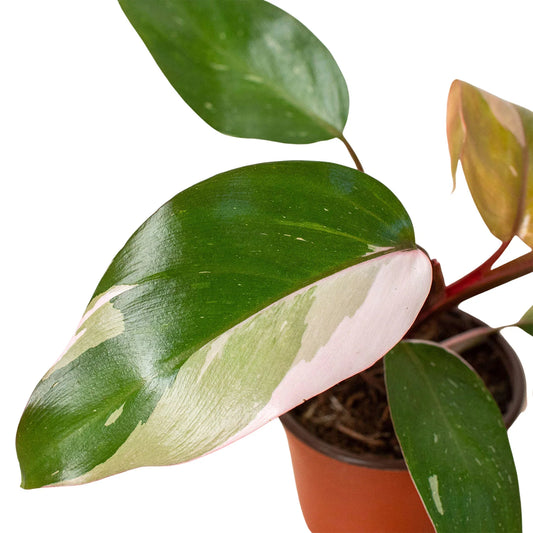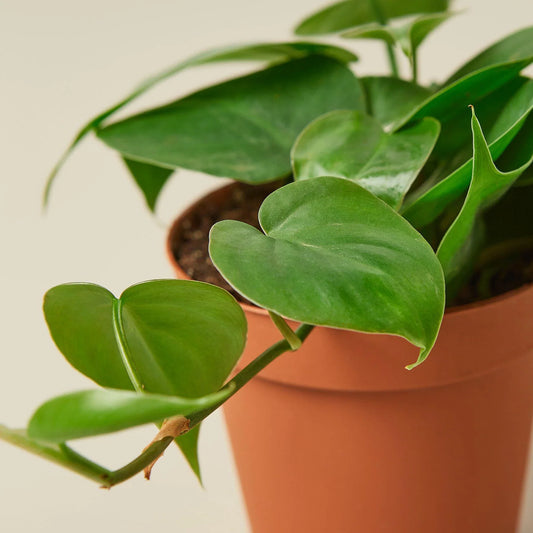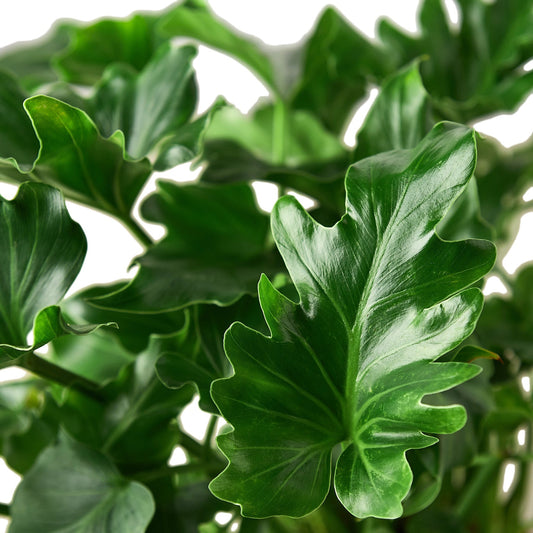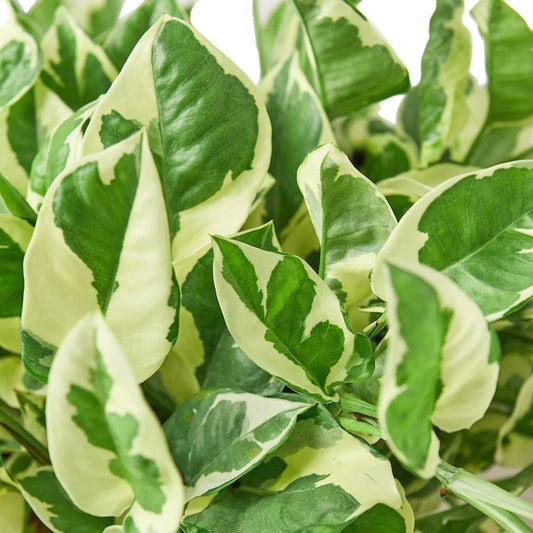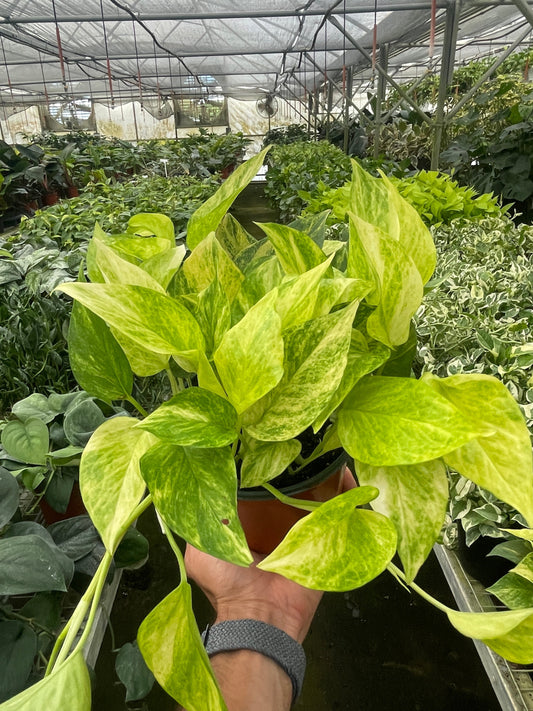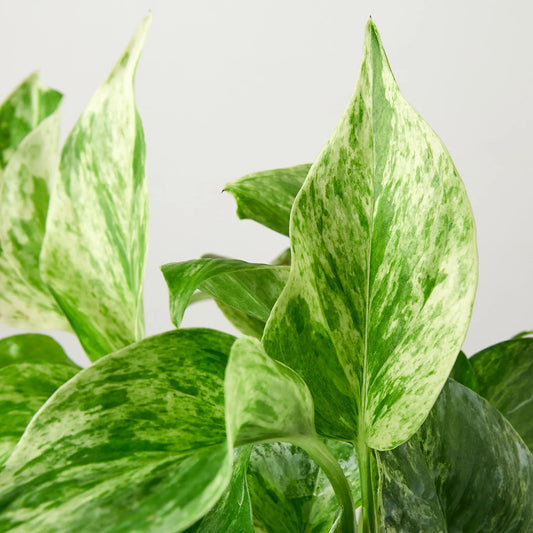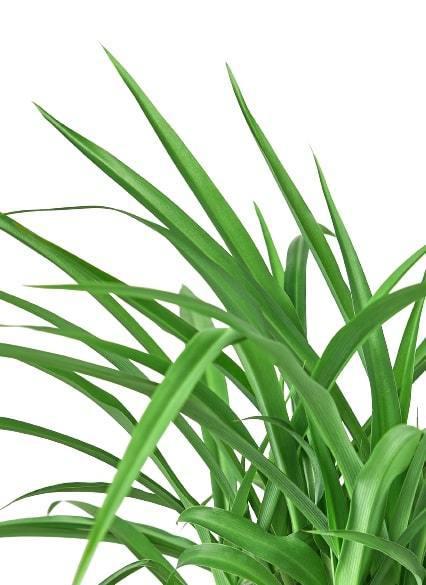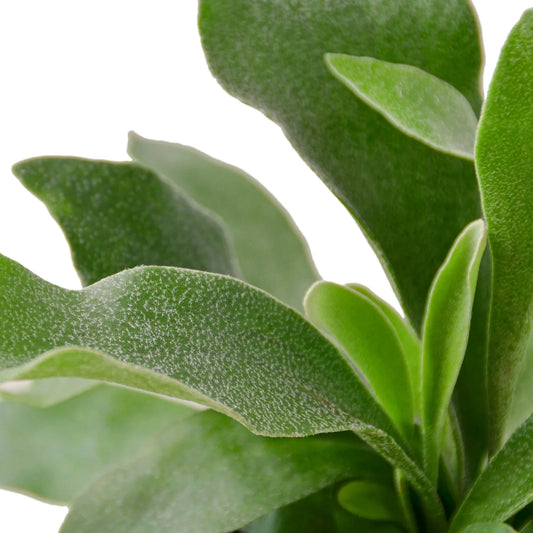How to Fertilize Your Calla Lily
Cafe Planta Team
Calla Lilies are the kind of plant that can add elegance and a touch of the exotic to any space with their stunning blooms and lush green leaves. However, keeping these beauties in tip-top shape requires a little know-how, especially when it comes to fertilizing them. When done correctly, fertilizing your Calla Lily can ensure it grows healthy and blooms beautifully, making it a centerpiece of your plant collection.
In this article, we'll walk you through everything you need to know about fertilizing your Calla Lily. From understanding its nutritional needs to choosing the right type of fertilizer and how to apply it, we've got you covered. So, grab your gardening gloves and let's get started on making your Calla Lily the envy of all plant lovers!
Understanding Your Calla Lily’s Nutritional Needs
Like us, plants have specific dietary requirements to thrive. For Calla Lilies, these needs change slightly throughout the year based on their growth cycle. Knowing what nutrients your Calla Lily needs and when it needs them is the first step in ensuring it stays healthy and vibrant.
Calla Lilies are primarily grown for their beautiful flowers, which means they need a good balance of nitrogen, phosphorus, and potassium—commonly known as N-P-K. Nitrogen is crucial for leaf growth and overall development, phosphorus aids in root and flower development, and potassium helps with the plant's overall health and disease resistance.
During the growing season, typically from spring to fall, your Calla Lily will need more nutrients to support its active growth and blooming phase. In contrast, during the dormancy period in winter, the plant's nutrient needs are significantly reduced. Understanding this cycle will help you adjust your fertilization routine accordingly.
Choosing the Right Fertilizer
Now that you know what your Calla Lily needs, the next step is choosing the right fertilizer. With so many options out there, it can be a bit overwhelming. But don't worry, we're here to help you make sense of it all.
The most common fertilizers available are granular, liquid, and slow-release types. Each has its pros and cons, so let's break it down:
- Granular Fertilizers: These are sprinkled onto the soil and are slowly absorbed by the plant. They’re great for a steady supply of nutrients but can be tricky to measure precisely.
- Liquid Fertilizers: These are mixed with water and applied directly to the soil or sprayed onto the leaves. They offer quick nutrient absorption and allow for more precise control over the amount of fertilizer used.
- Slow-Release Fertilizers: These are coated granules that release nutrients gradually over time. They’re convenient if you're short on time, as they require less frequent application.
For Calla Lilies, a balanced fertilizer with an equal ratio of N-P-K, like a 10-10-10 or 20-20-20, is generally recommended. However, if you're looking to encourage more blooms, consider a fertilizer with a higher phosphorus content, such as a 15-30-15.
Preparing Your Calla Lily for Fertilization
Before you start fertilizing, it's essential to ensure your Calla Lily is ready to receive nutrients. A little prep work can go a long way in making sure your plant gets the most out of its feeding.
First, check the soil moisture. Fertilizing dry soil can harm your plant, so make sure the soil is slightly moist before applying any fertilizer. This helps the nutrients dissolve and be absorbed more easily by the roots.
Next, assess your plant's health. If your Calla Lily is showing signs of stress, such as yellowing leaves or stunted growth, it might be wise to address any underlying issues before fertilizing. Over-fertilizing a stressed plant can worsen its condition.
Finally, consider the season. As mentioned earlier, Calla Lilies have different nutritional needs throughout the year. It's best to start fertilizing in the spring as the plant begins its active growth phase and continue through the summer. In fall, gradually reduce the frequency and stop fertilizing altogether during the winter dormancy period.
How to Fertilize Your Calla Lily
Now comes the fun part—actually fertilizing your Calla Lily. While it may seem straightforward, there are a few key steps to follow to ensure you're doing it right.
- Measure the Fertilizer: Depending on the type of fertilizer you're using, measure out the recommended amount. Always follow the instructions on the label, as over-fertilizing can lead to nutrient burn.
- Apply the Fertilizer: For liquid fertilizers, mix it with water according to the instructions and pour it evenly around the base of the plant. For granular fertilizers, scatter them evenly on the soil surface and gently work them into the top layer.
- Water the Plant: After applying the fertilizer, water your Calla Lily thoroughly. This helps the nutrients soak into the soil and reach the roots more efficiently.
- Monitor Your Plant: Keep an eye on your Calla Lily over the next few weeks. Look for signs of improvement, such as new growth or increased flowering. If you notice any adverse effects, like leaf burn, you may need to adjust your fertilization routine.
Signs of Over-Fertilization
Nobody's perfect, and it's easy to get carried away with fertilizing your beloved plants. However, too much of a good thing can be bad, and over-fertilization is a common issue among plant people.
Here are some signs that your Calla Lily might be getting too much fertilizer:
- Leaf Burn: This is characterized by brown, crispy edges on the leaves. It's one of the most common indicators of over-fertilization.
- Stunted Growth: If your plant isn't growing as expected, excessive fertilizer might be hindering its development.
- Wilting: While wilting is often a sign of underwatering, it can also occur when the roots are overwhelmed by too many nutrients.
- Salt Buildup: If you notice a white crust on the soil surface, it could be a sign of salt buildup from excess fertilizer. This can be harmful to your plant and should be addressed promptly.
If you suspect you've over-fertilized your Calla Lily, don't panic! Flush the soil with plenty of water to help remove excess nutrients, and hold off on fertilizing for a while to give your plant a chance to recover.
When to Stop Fertilizing
Knowing when to stop fertilizing your Calla Lily is just as important as knowing when to start. As the growing season winds down, your plant's nutritional needs will decrease, and it's time to ease off on the fertilizer.
Generally, you should stop fertilizing in the fall as the days get shorter and temperatures drop. This signals the plant to enter its dormancy period, during which it doesn't require additional nutrients. Continuing to fertilize during this time can stress the plant and may even lead to root rot.
As a rule of thumb, stop fertilizing about six to eight weeks before you expect the first frost. This gives your Calla Lily enough time to use up any remaining nutrients and prepare for its restful winter period.
Common Fertilization Mistakes to Avoid
Even the most experienced plant parents can make mistakes, but the good news is that they're often easy to fix or avoid with a little knowledge. Here are some common fertilization mistakes and how to steer clear of them:
- Over-Fertilizing: We've covered this one already, but it's worth repeating. Stick to the recommended dosage, and when in doubt, less is more.
- Fertilizing During Dormancy: As mentioned earlier, avoid fertilizing your Calla Lily during its dormancy period in winter.
- Using the Wrong Fertilizer: Not all fertilizers are created equal. Make sure you're using one that's suitable for flowering plants like Calla Lilies.
- Ignoring Soil pH: Calla Lilies prefer slightly acidic to neutral soil. If your soil pH is off, it can affect nutrient absorption. Consider testing your soil and adjusting the pH if necessary.
By keeping these common pitfalls in mind, you'll be well on your way to becoming a Calla Lily fertilization pro!
Fertilizing Calla Lilies in Containers
If you're growing your Calla Lily in a container, the fertilization process is slightly different from plants grown in the ground. Potted plants often require more frequent fertilization because nutrients can leach out of the soil with each watering.
To keep your container Calla Lily healthy:
- Use a Pot with Good Drainage: Ensure your pot has drainage holes to prevent water from pooling and causing root rot.
- Fertilize Regularly: During the growing season, fertilize your Calla Lily every two to four weeks with a balanced liquid fertilizer.
- Flush the Soil Occasionally: Every few months, water the plant thoroughly to help remove any salt buildup from the fertilizer.
- Monitor Soil Moisture: Potted plants tend to dry out faster, so keep an eye on soil moisture levels and adjust your watering and fertilization schedule as needed.
With these tips in mind, your container Calla Lily will thrive and reward you with stunning blooms.
Organic vs. Synthetic Fertilizers
When it comes to fertilizing your Calla Lily, you have the option of using either organic or synthetic fertilizers. Each type has its pros and cons, and the choice ultimately depends on your personal preferences and gardening philosophy.
Organic Fertilizers are made from natural sources, such as compost, bone meal, and fish emulsion. They release nutrients slowly and improve soil structure over time, making them a popular choice among environmentally-conscious gardeners. However, they can be less concentrated, requiring larger amounts and more frequent applications.
Synthetic Fertilizers, on the other hand, are chemically formulated to provide a quick nutrient boost. They're often more concentrated and can be easier to apply, but they may not improve soil health in the long run. Additionally, overuse of synthetic fertilizers can lead to nutrient runoff and environmental pollution.
Whether you choose organic or synthetic fertilizers, both can be effective in promoting healthy growth and blooms in your Calla Lily. Just be sure to follow the recommended application rates and adjust as needed based on your plant's response.
Final Thoughts
Fertilizing your Calla Lily doesn't have to be complicated. By understanding its nutritional needs, choosing the right fertilizer, and following proper application techniques, you'll keep your plant healthy and thriving. Remember, a little care and attention can go a long way in helping your Calla Lily shine.
At Cafe Planta, we're passionate about helping you care for your plants. Whether you're looking for the perfect houseplant or need advice on plant care, we're here to help. Feel free to reach out via email or connect with us on Instagram. Let's nurture our green spaces together!












